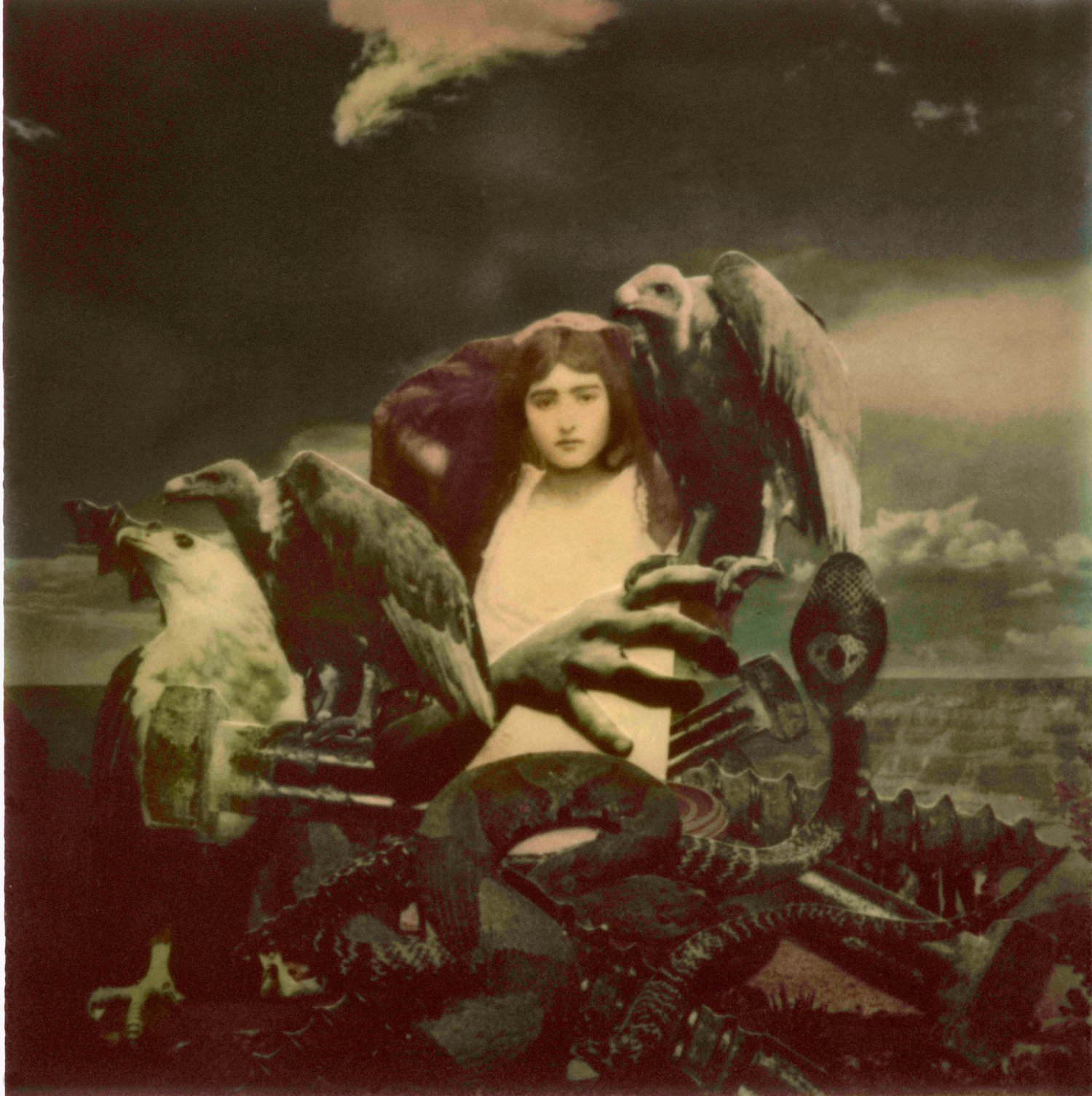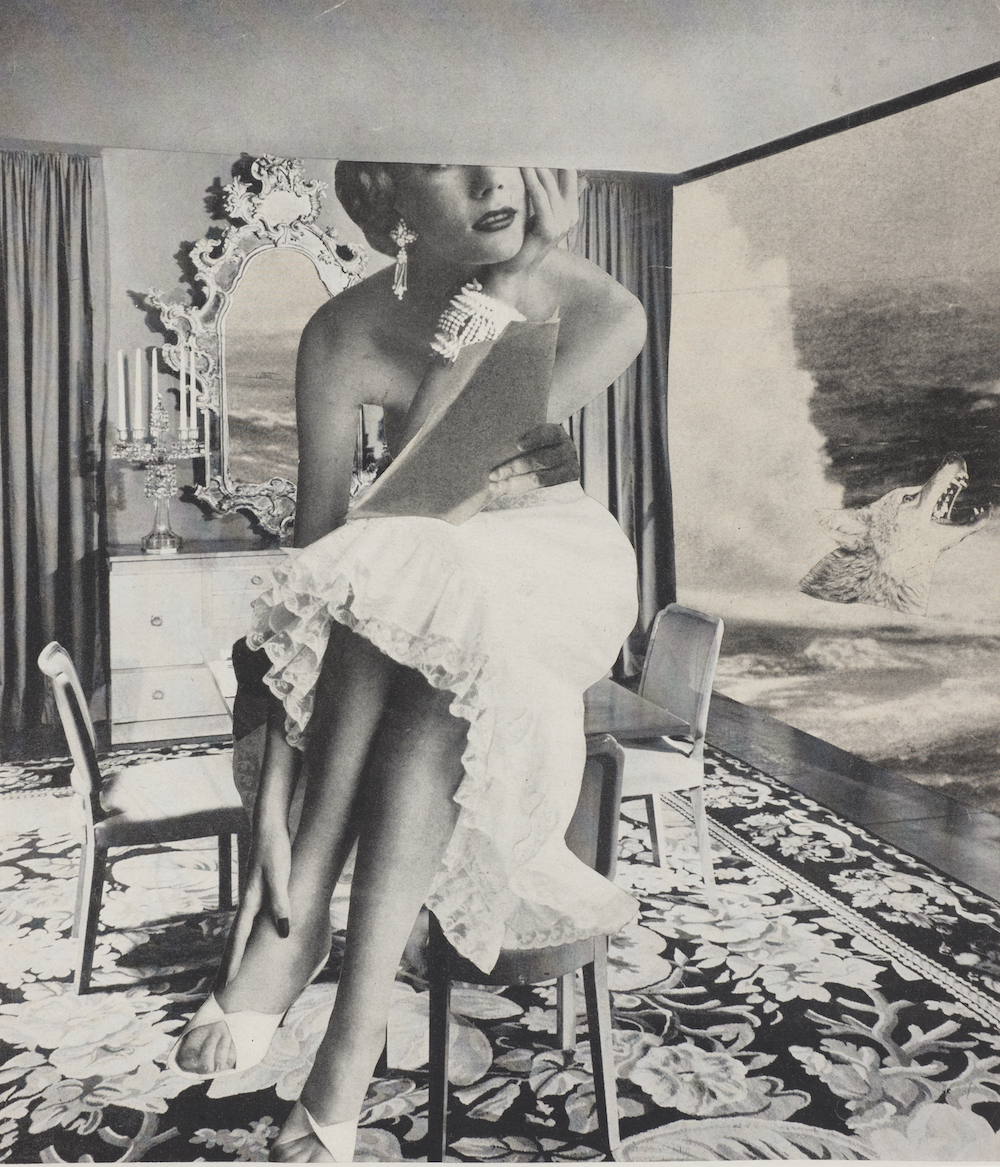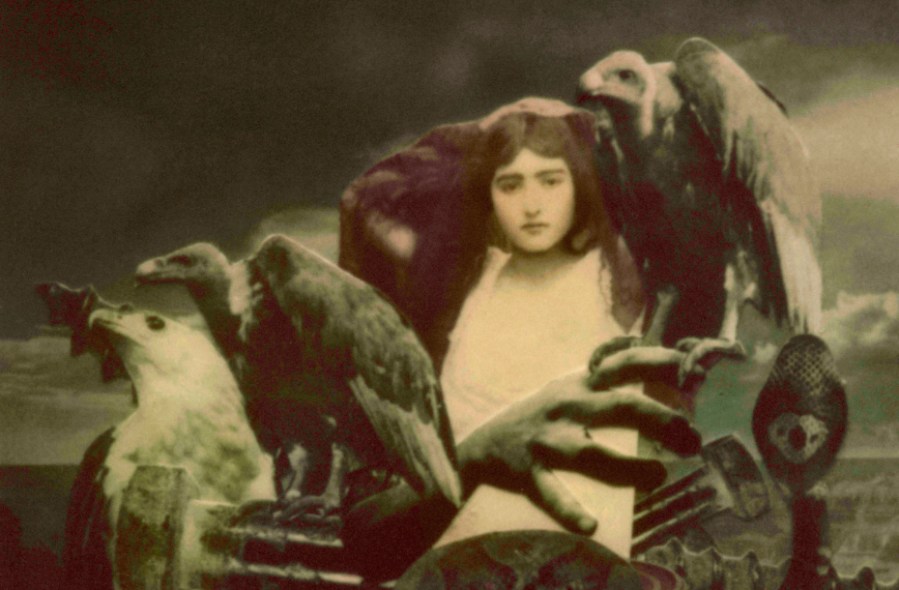A major exhibition at the Tate Modern in London – Surrealism Beyond Borders – will showcase some of the world’s most famous surreal photography and art, from 24 February to 29 August 2022.
The exhibition will feature over 150 works, many of which have never been shown before in the UK. The exhibition includes photographs by the likes of William Klein, Lee Miller, Brassai, Claude Cahun, Man Ray, Kaveh Golestan, Hans Bellmer, Dora Maar, Toshiko Pkanoue, Cecilia Porras and Enrique Grau.
Previous stories of surrealism have tended to focus on Paris in the 1920s but, based on extensive research, this exhibition will cover a period of 80 years and showcase work from 50 countries. It will show how surrealist artists around the world have been both inspired and united by surrealism; from places as diverse as Buenos Aires, Cairo, Lisbon, Mexico City, Prague, Seoul and Tokyo.

Kaveh Golestan – Untitled, from Az Div o Dad series 1976. Image: © Kaveh Golestan Estate, Courtesy Archaeology of the Final Decade
The Surrealist Movement
The ‘Surrealist Movement’ was a cultural movement that sprang up in the wake of the First World War. It was led by the French writer André Breton, who published the first ‘Surrealist Manifesto’ in October 1924. This rejected rational ways of seeing the world, looking instead to dreams and the imagination for inspiration. Breton believed creativity had been weighed down by the drudgery of the day-to-day and sought to release the subconscious power of the dream-like state. Surrealism embraced the absurd, the unconventional and the shocking.
Surrealism manifested itself in various art forms, including photography, filmmaking, painting, writing, theatre and other art forms. But the surrealist principles presented a challenge for photographers as photographs were derived from the real world. To meet these artistic challenges surrealist photographers used a variety of processes and techniques such as photomontages, collages, solarisation (exposing a partially developed photograph to light) and photograms (a camera-less photographic technique that produces images by placing objects on a light-sensitive material, such as photographic paper, and exposing them to light).

Toshiko Okanoue – The Call 1953. Wilson Centre for Photography. Image: © Okanoue Toshiko, Courtesy of The Third Gallery Aya
Photography trailblazers
The trailblazers of surrealist photography included Man Ray (1890-1976), who made photograms depicting household objects, which often looked more like creatures from the future rather than simple domestic implements. The US artist Lee Miller (1907-77) rejected a successful modelling career, moving to Paris in the late 1920s and becoming involved with the Surrealist Movement. She is credited with discovering the solarisation process with Man Ray, a darkroom technique which creates partly or wholly reversed tones. Her photograph Exploding Hand (1930) plays with composition and reflections to reimagine an otherwise ordinary scene.
At the age of 19 Dora Maar (1907-1997) settled in Paris and became a classmate of Henri Cartier-Bresson. Her photography career earned her a spot in London’s 1936 International Surrealist Exhibition. Before officially joining the Surrealist group, under the encouragement of Breton and writer Georges Bataille, Maar created photomontages and other disorienting images for fashion magazines that anticipated her jump into surrealism. Her later photos similarly feature unusual scenarios, such as Pablo Picasso in a bathing suit holding a bull’s skull in front of his face. She became Picasso’s lover and photographed the creation of his famous painting Guernica in 1937. Maar’s career faltered after Picasso persuaded her to give up photography, a lesser medium in his eyes, for painting.
Claude Cahun (1894-1954) is the pseudonym of the French artist and writer Lucy Schwob, who was an active Surrealist. She participated in a number of exhibitions, including the London International Surrealist Exhibition and Exposition surréaliste d’objets, both in 1936. Best known for her self-portraits, Cahun’s work is known for deconstructing the traditional concepts of gender and sexuality.

Claude Cahun Self-portrait (reflected image in mirror, chequered jacket) 1928. Image: Courtesy of Jersey Heritage Collections © The estate of Claude Cahun
Exhibition details
The exhibition Surrealism Beyond Borders has been organised by Tate Modern and The Metropolitan Museum of Art, New York and will be presented in the Eyal Ofer Galleries. The research was supported by Hyundai Tate Research Centre: Transnational in partnership with Hyundai Motor.
The non-photographic work in the exhibition includes the art of Salvador Dali, Pablo Picasso and Frida Kahlo, amongst dozens of other surrealist artists.
The exhibition will be open daily from 24 February to 29 August 2022, from 10am to 6pm. Tickets are £18, free with ticket for Tate Members, £5 Tate Collective, concessions are available. The Tate Modern is located at: Millbank, London, SW1P 4RG. To find out more go to: Surrealism Beyond Borders exhibition
• Watch out for a more in-depth feature on the exhibition Surrealism Beyond Borders in a print edition of Amateur Photographer in the near future.
Related articles:
Best photography exhibitions to see in 2022







